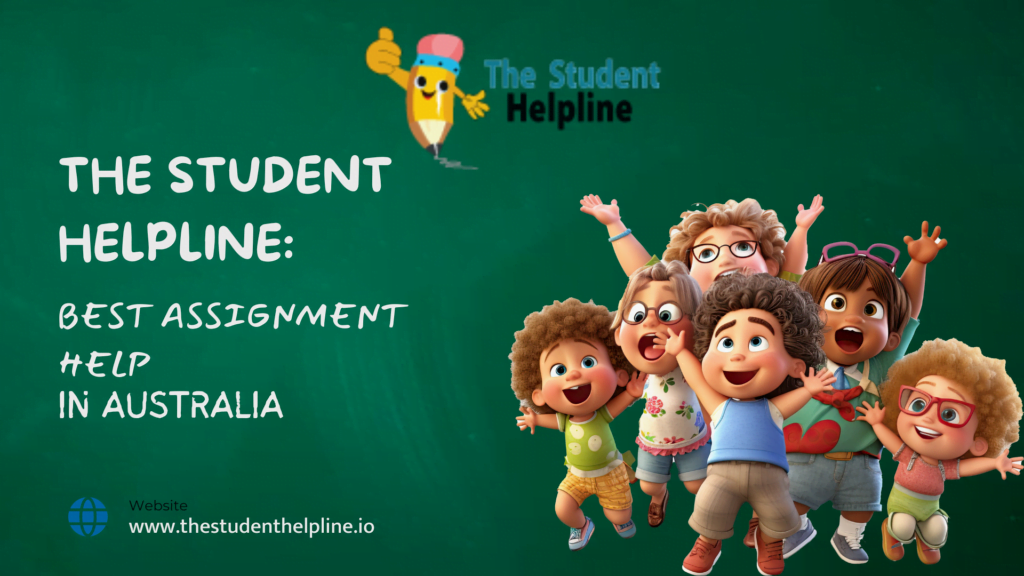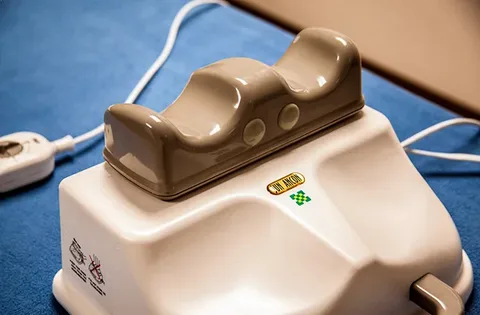Relationships, whether romantic, familial, or professional, can sometimes feel like navigating a minefield, especially when conflicts arise. Disagreements, miscommunications, and differing values can create stress, leaving both partners feeling misunderstood and distant. While it’s natural for couples to experience conflict, the key lies in how they handle it. One effective way to address relationship stress is through Cognitive Behavioral Therapy (CBT), a powerful psychological approach that helps individuals understand and manage their thoughts, feelings, and behaviors. CBT techniques can be particularly useful for managing relationship stress and improving communication.
In this blog, we will explore various CBT techniques that can help couples effectively navigate conflict and enhance the quality of their relationship.
Understanding Cognitive Behavioral Therapy (CBT)
CBT is a therapeutic approach that focuses on identifying and changing negative thought patterns and behaviors that affect emotions and relationships. It operates on the principle that our thoughts, emotions, and behaviors are interconnected. By altering unhelpful thought patterns, we can shift how we feel and behave in response to challenges, including those within our relationships.
For relationships, CBT offers tools that allow individuals to reframe negative thoughts, improve communication, and address recurring patterns of conflict. When used by couples, it can foster greater understanding, reduce emotional reactivity, and promote healthier, more empathetic interactions.
CBT Techniques for Managing Relationship Stress
- Cognitive Restructuring
One of the core principles of CBT is identifying cognitive distortions or negative thought patterns that contribute to stress. In relationships, individuals may have certain beliefs or automatic thoughts that heighten conflict, such as “My partner never listens to me” or “They always try to control me.” These thoughts can escalate disagreements and increase stress.Technique: To use cognitive restructuring, individuals should first identify these distorted thoughts, challenge their validity, and reframe them in a more realistic, balanced way. For example, instead of thinking, “My partner never listens to me,” one might reframe this as, “My partner may not always fully understand me, but we can work on better communication.” This shift in perspective helps reduce emotional intensity and paves the way for more constructive conversations.
- Thought Stopping
When stress levels rise during an argument, it’s easy for individuals to spiral into negative thinking. For example, one might start thinking, “This fight is never going to end,” which only intensifies feelings of hopelessness or frustration. Thought stopping is a CBT technique used to interrupt these spirals of negativity and refocus the mind.Technique: When negative or catastrophic thoughts start to take over, stop them in their tracks. You can do this by mentally shouting “STOP!” or using a physical gesture, like snapping your fingers or clenching your fist. After stopping the negative thought, replace it with a more rational, helpful thought such as, “We’ve resolved issues before, and we can work through this one too.” This simple technique can help individuals gain control over their emotional reactions and avoid exacerbating the conflict.
- Mindfulness and Relaxation Techniques
CBT places a strong emphasis on managing emotional responses, particularly in stressful situations. Practicing mindfulness and relaxation can help both individuals in a relationship stay present during moments of conflict and prevent emotional reactions from escalating. These techniques help partners to pause and think before reacting impulsively.Technique: Mindfulness involves focusing on the present moment without judgment. When arguing, practicing mindfulness allows individuals to stay grounded and avoid getting caught in a cycle of emotional reactivity. Deep breathing exercises or progressive muscle relaxation can also be used to calm the nervous system and lower stress levels during arguments. By taking a step back and calming the body, couples can avoid saying or doing things in the heat of the moment that might damage the relationship.
- Effective Communication Skills
A significant cause of relationship stress is poor communication. Misunderstandings, assumptions, and emotional outbursts can cloud productive conversation. CBT encourages couples to use communication strategies that promote clarity, empathy, and understanding.Technique: One technique is the “I” statement. Instead of saying, “You never listen to me,” which can be accusatory and lead to defensiveness, reframe the statement to, “I feel unheard when we have conversations, and it makes me feel disconnected.” This shift in language helps express your feelings without blaming the other person. Additionally, couples can practice active listening, where each person fully listens to the other before responding. This practice helps validate each other’s feelings, which can reduce defensiveness and open the door for constructive dialogue.
- Problem-Solving Techniques
In any relationship, conflicts will arise, but how couples handle them can make a significant difference. CBT encourages couples to approach conflicts as problems to be solved together, rather than personal attacks.Technique: Use a step-by-step problem-solving approach. Start by defining the issue clearly, followed by brainstorming possible solutions. Next, evaluate the pros and cons of each solution and agree on the one that works best for both partners. This collaborative approach can transform conflicts into opportunities for teamwork and growth. Couples can also practice compromise and negotiate solutions that prioritize the needs and concerns of both individuals.
- Behavioral Activation
Behavioral activation is a CBT technique that encourages individuals to engage in positive behaviors that enhance their well-being. In the context of relationships, this can mean taking active steps to improve the relationship and reduce stress.Technique: Couples can schedule quality time together, such as date nights or engaging in activities that promote bonding. Positive reinforcement, like acknowledging each other’s efforts to resolve conflicts or improve communication, can also help reinforce a healthy relationship dynamic. Additionally, making an effort to show appreciation through small acts of kindness or words of affirmation can strengthen the emotional connection.
Seeking Professional Help
While CBT techniques are highly effective for managing relationship stress, some couples may find it beneficial to seek professional guidance. Therapy, such as couples counseling, can provide deeper insights into relationship dynamics and offer tailored strategies for managing stress and conflict. The Oakville Center For Cognitive Therapy is one example of a facility that can help couples integrate CBT into their relationship, improving communication, reducing conflict, and strengthening emotional intimacy.
Conclusion
Relationship stress is a common challenge, but by using Cognitive Behavioral Therapy techniques, couples can manage their conflicts in healthier, more constructive ways. From cognitive restructuring and thought stopping to mindfulness and effective communication, these tools empower couples to break free from negative patterns and build stronger, more resilient relationships. When used consistently, CBT not only reduces stress but fosters greater understanding and emotional intimacy, ultimately allowing couples to navigate challenges together with confidence.














































